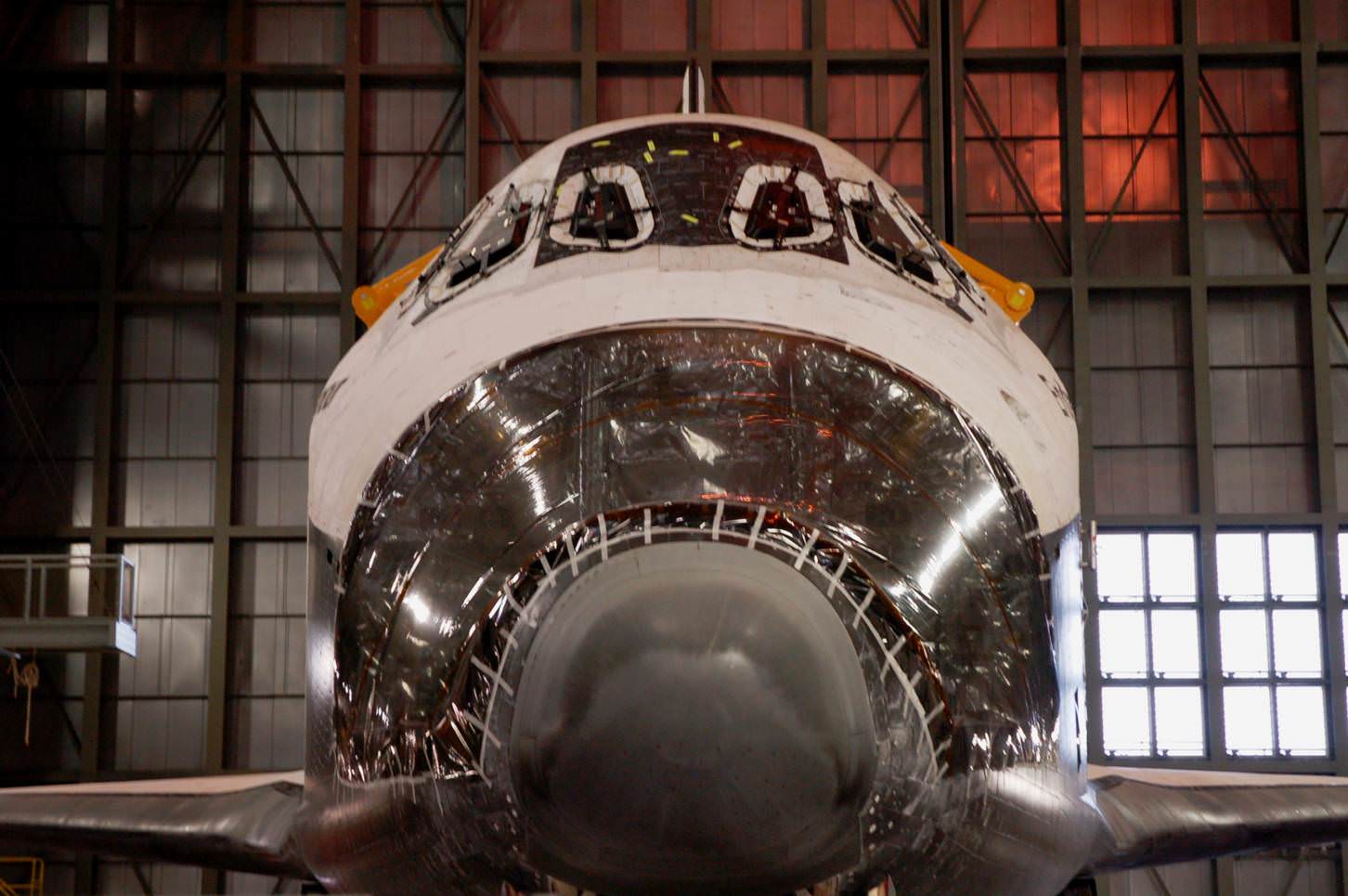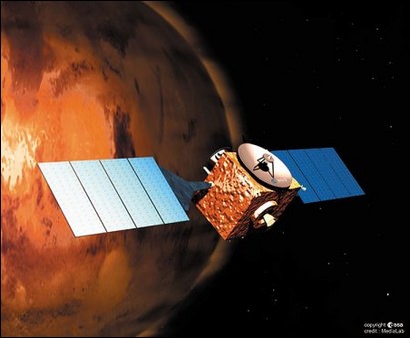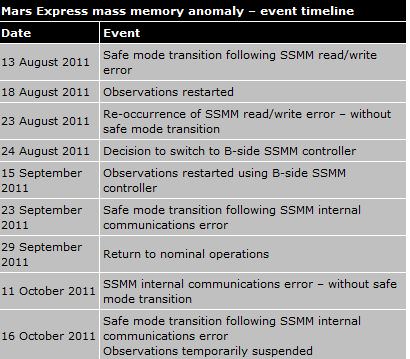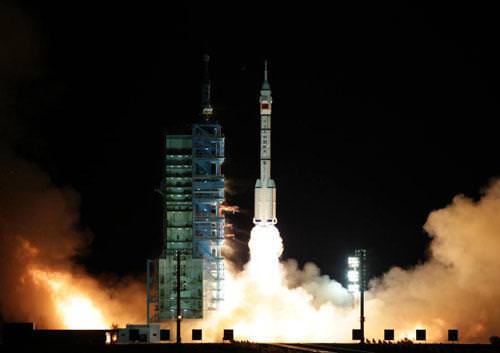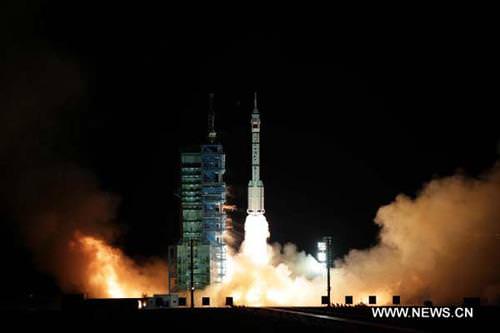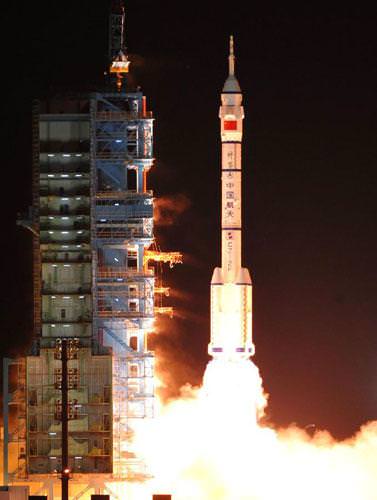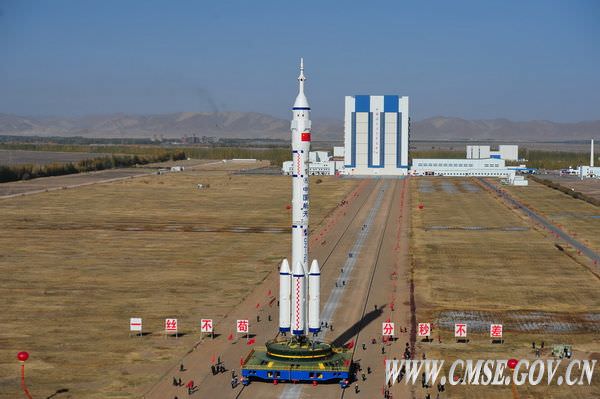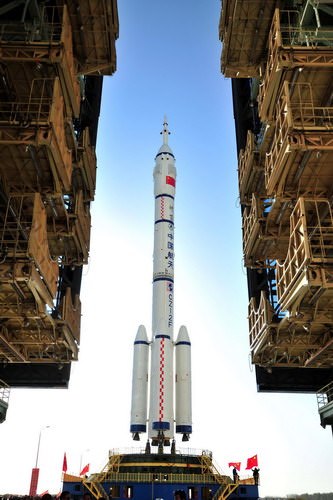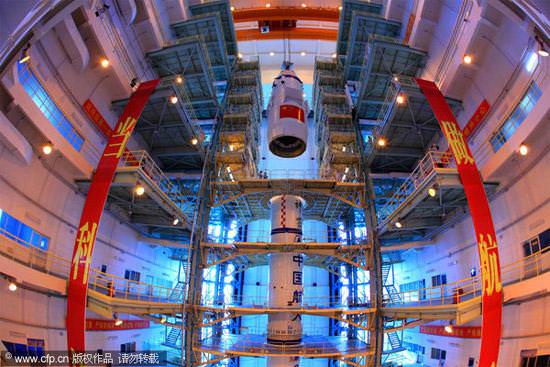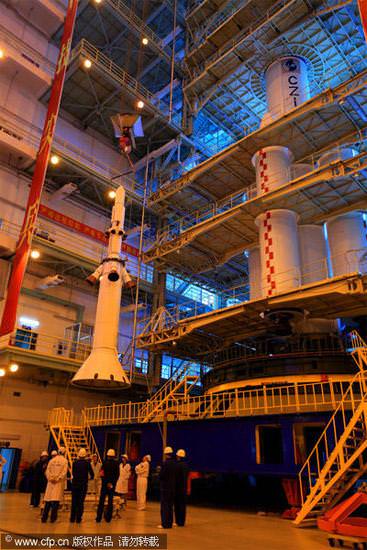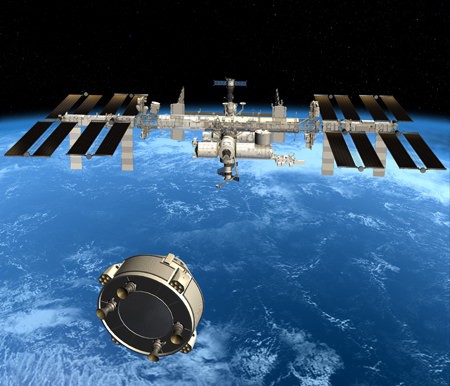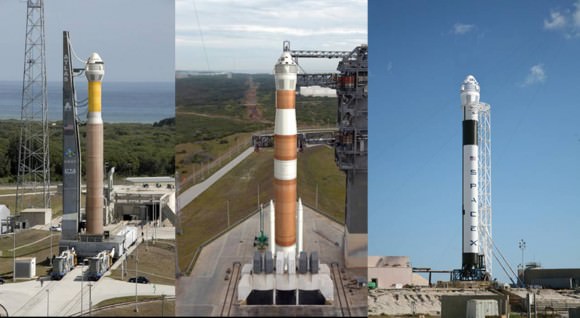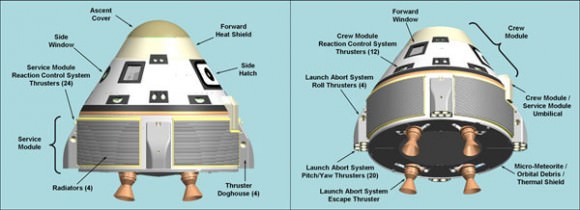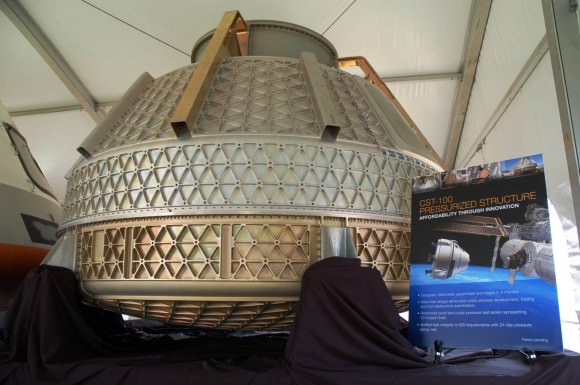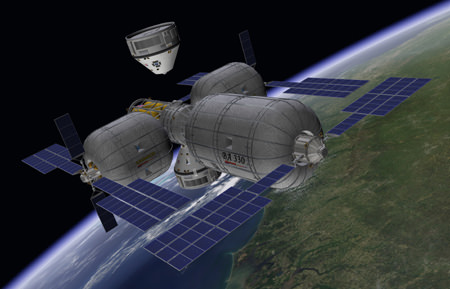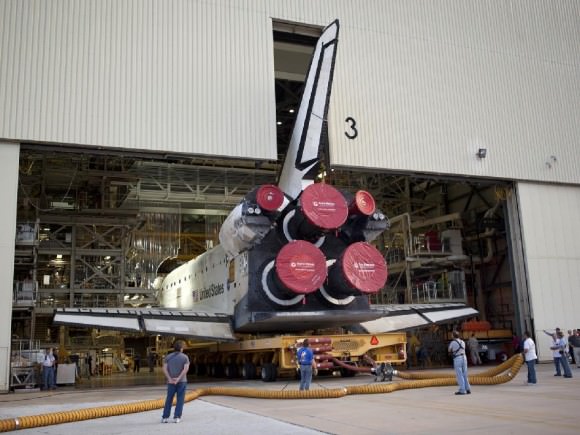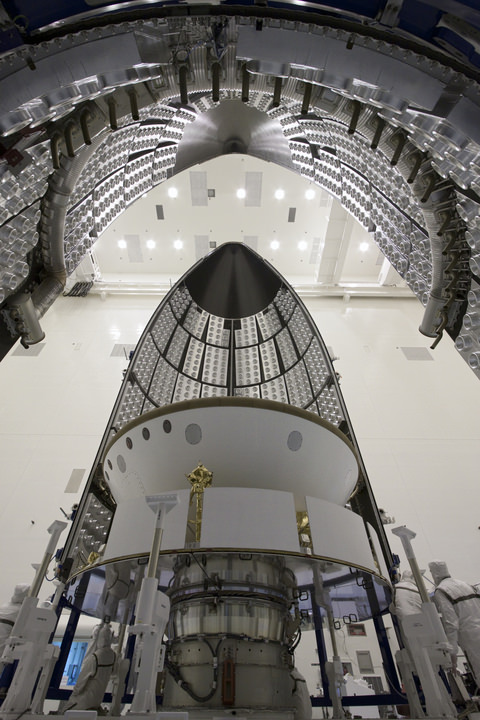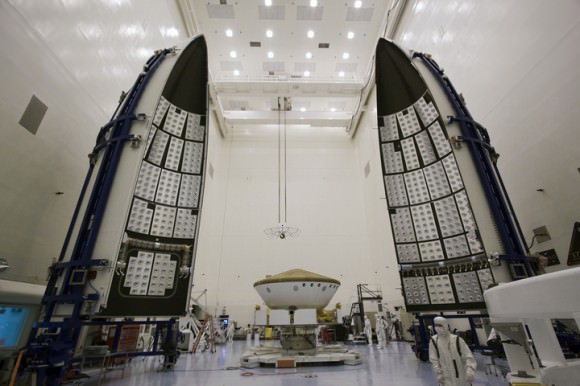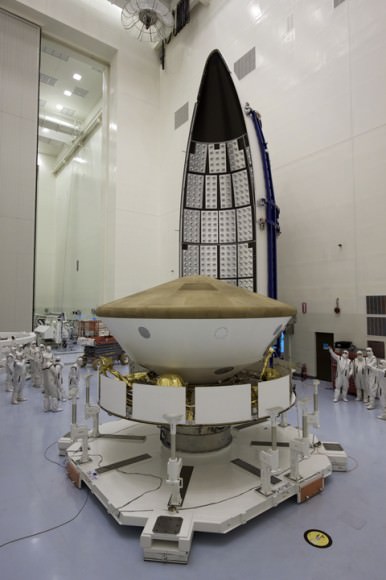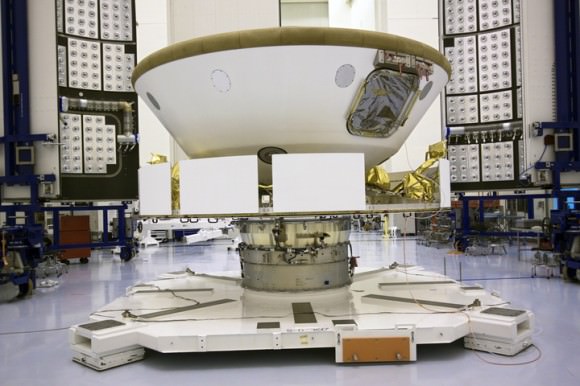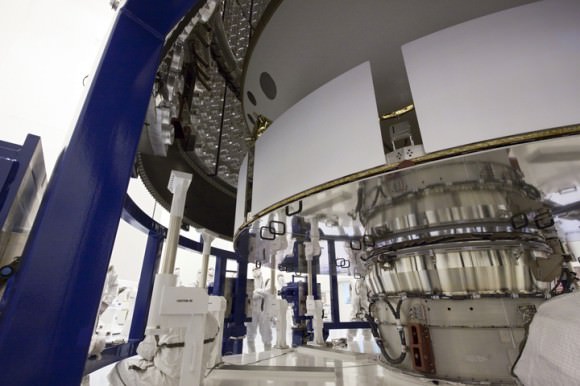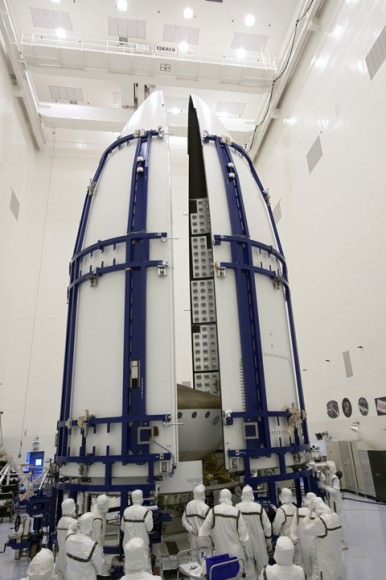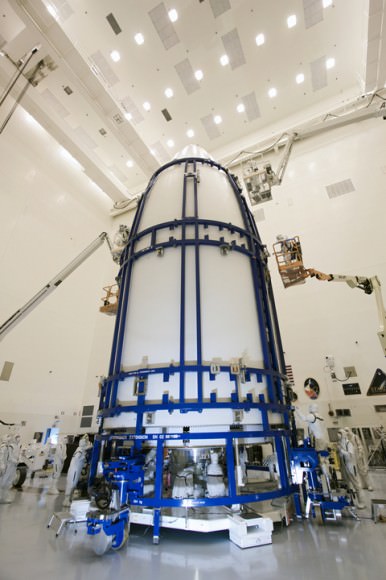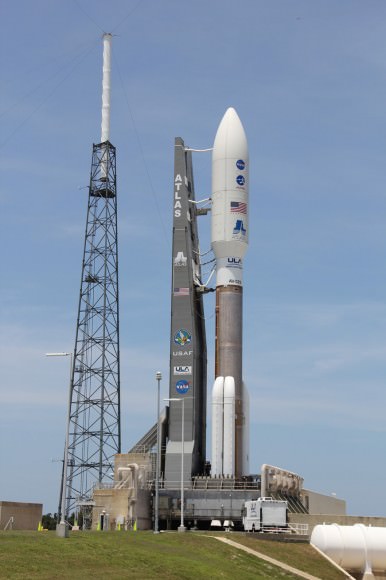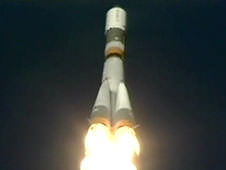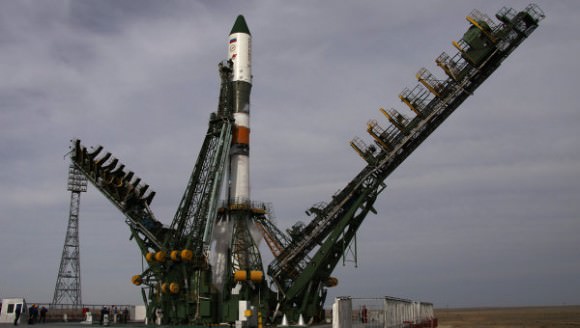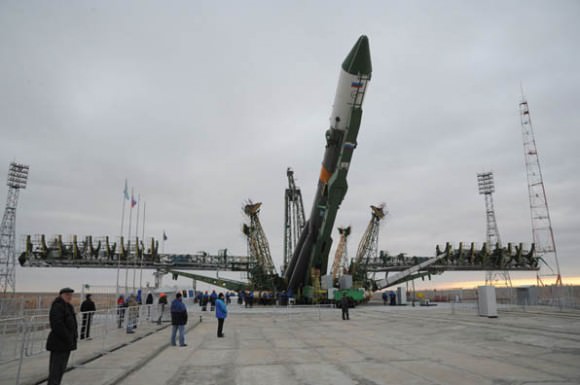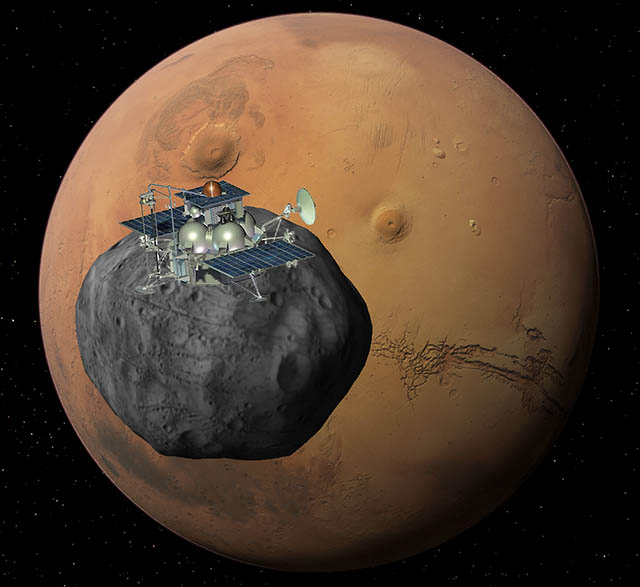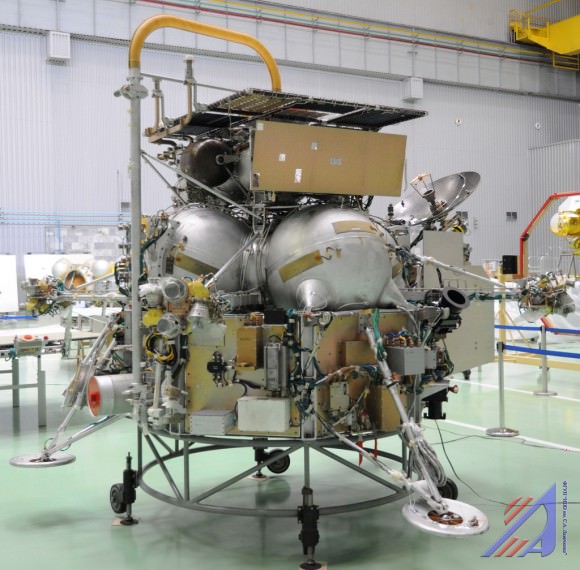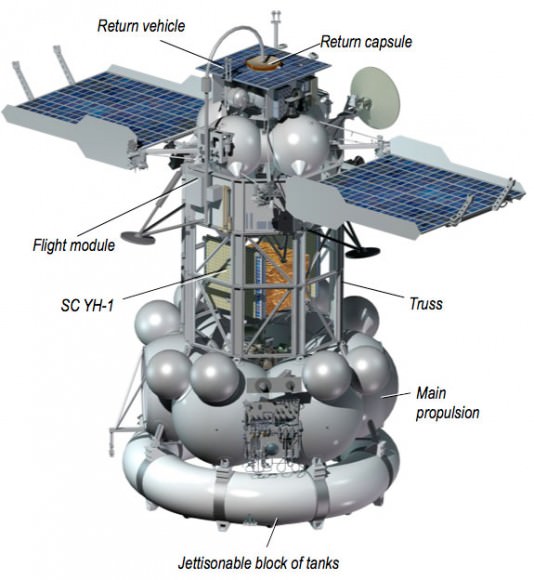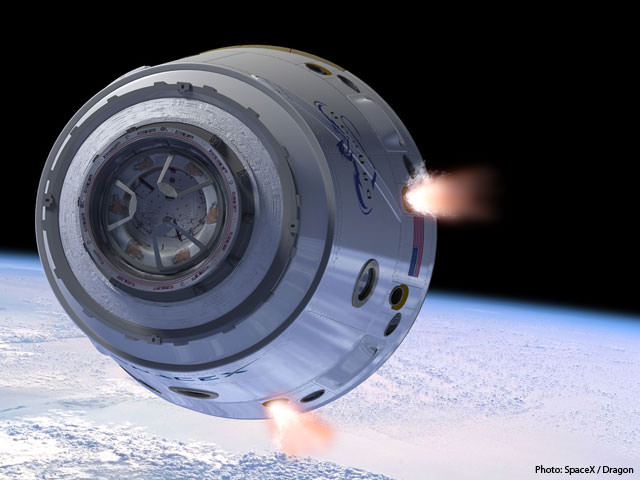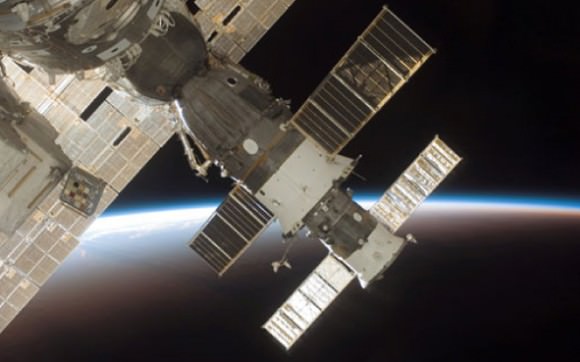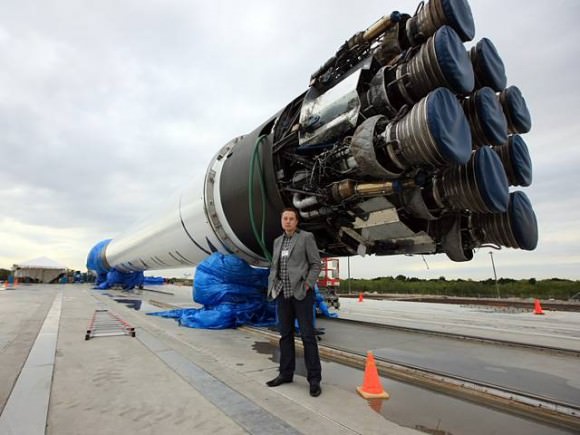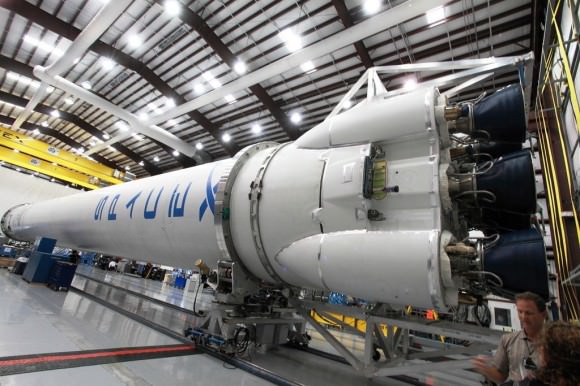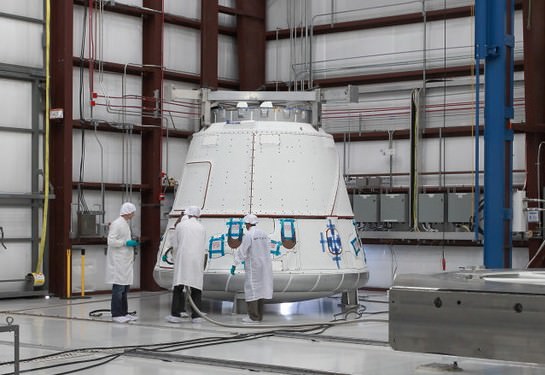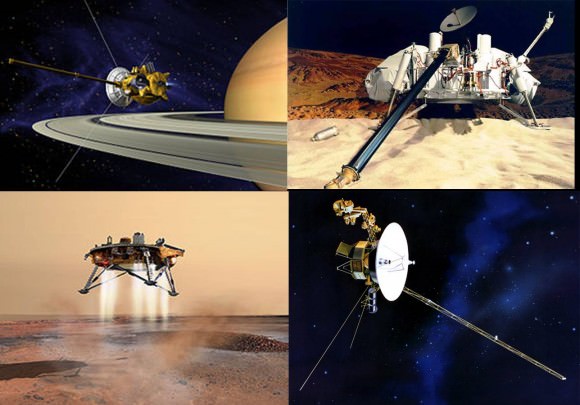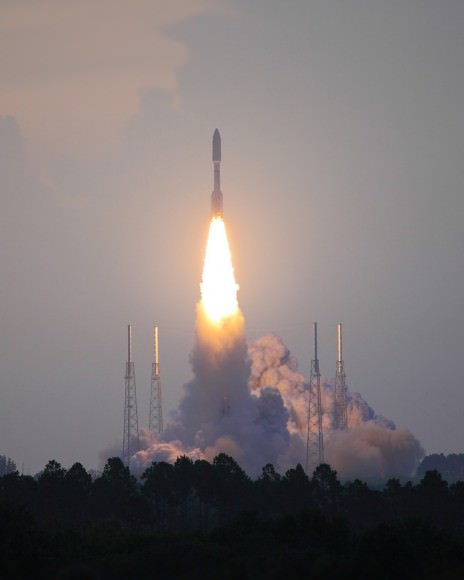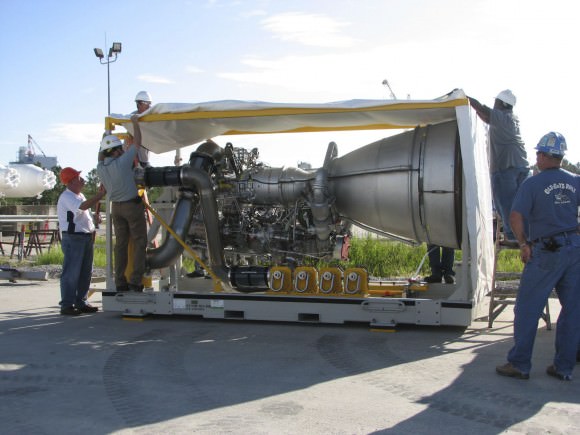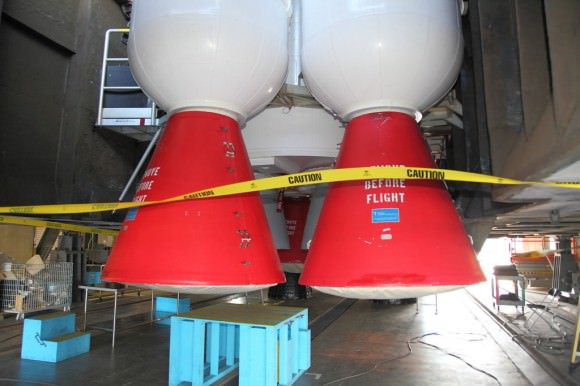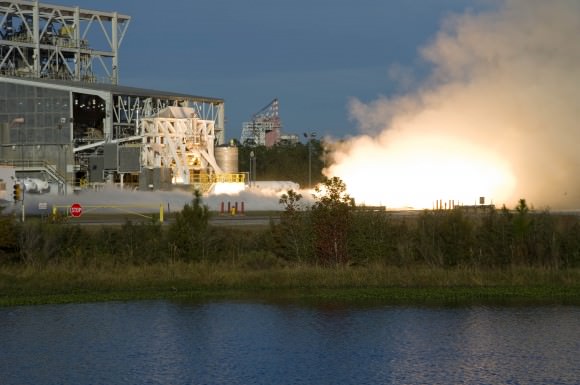[/caption]
CAPE CANAVERAL, Fla – When guests visited the Kennedy Space Center Visitor Complex in the past, they never knew if they would have the opportunity to see an actual space shuttle in some stage of being processed for a mission. The operators of the Visitor Complex have changed that – guests will now not only get the chance to see space shuttle Endeavour (as well as potentially Atlantis and Discovery in the future) – but to also tour the cavernous Vehicle Assembly Building.
The opportunity to tour the VAB is currently being offered for a limited time and only to a limited number of Visitor Complex guests per day as part of KSC Up-Close, a new two-hour, guided special interest tour that began on Nov. 1. While touring inside the VAB itself is considered a treat, to actually be just a short distance away from one of the three remaining orbiters to conduct missions to and from orbit – is a rare thing indeed.
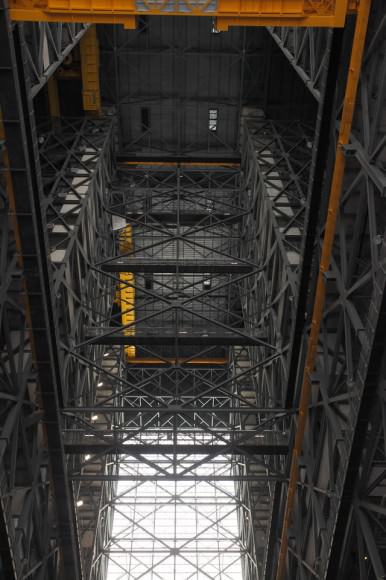
“We are very pleased to have the ability to offer to our guests the opportunity to see not just the inside of the Vehicle Assembly Building – but one of the orbiters as well,” said the Kennedy Space Center Visitor Complex’s Public Relations Manager Andrea Farmer. “While we don’t know the exact time frame – but this tour should be offered throughout 2012 and possibly into 2013.”
While undoubtedly one of the most memorable stops on the tour, the VAB tour stop is just one stop on this tour. Other stops include; NASA’s KSC Headquarters, the Operations & Checkout building (O&C), as well as the NASA Causeway providing a view of the adjacent Cape Canaveral Air Force Station.
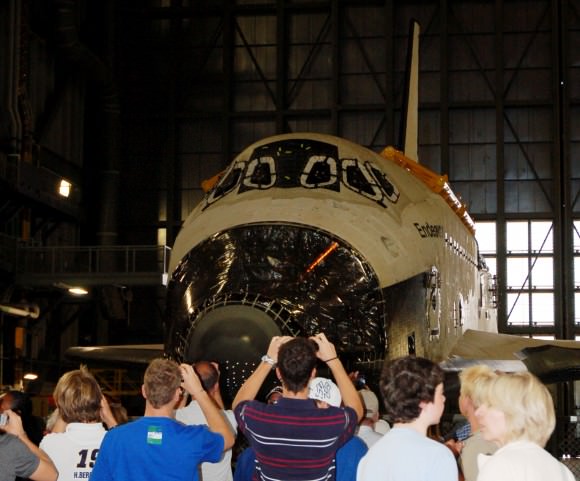
From here, guests can see launch pads 17, 37, 40, and 41, which are currently used for commercial and government launches.
After their stop at the VAB, guests will get to see the massive Crawler Transporters and “Crawlerway”. Guests will also get to see the Pegasus barge used to haul the shuttle’s large External Fuel Tanks (ETs) from Louisiana; the famous blue countdown clock and the Shuttle Landing Facility.
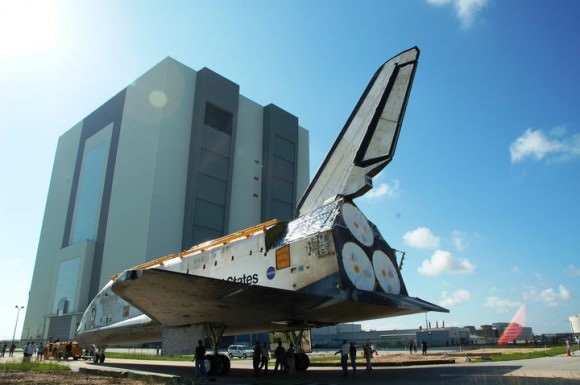
The last place that guests will visit is two hills where NASA remotely shoots launch photography and videography. On one side guests can see Launch Complexes 39A and B and on the other side is the Atlantic. This will provide guests to see the renovations that are currently being done to LC-39B in preparation for commercial launches or for the use for the Space Launch System (SLS).
Guests who had the opportunity to take the tour were amazed at what they were seeing, the sheer scale of the facilities and vehicles – as well as the history that they were walking through.
Three-time shuttle veteran Sam Gemar thinks that this new tour is important in allowing the public to gain a greater appreciation for U.S. human space flight efforts.
“Having flown to space myself, I cannot express strongly enough how much of a tremendous opportunity it is for the public to see the actual vehicles that have sent astronauts into space for the past three decades,” Gemar said. “Kennedy Space Center is where America goes to space and the KSC Up – Close tour allows us to share the history of the Vehicle Assembly Building with the world.”
Although the Visitor Complex cannot guarantee that whenever a guest arrives that they will be able to see a space shuttle inside the VAB (each of the orbiters are being processed for display in their new homes in Los Angeles, CA, Washington, D.C. and Florida. Eventually shuttle Atlantis, which will placed be display in a new facility at the Visitor Complex in 2013.

